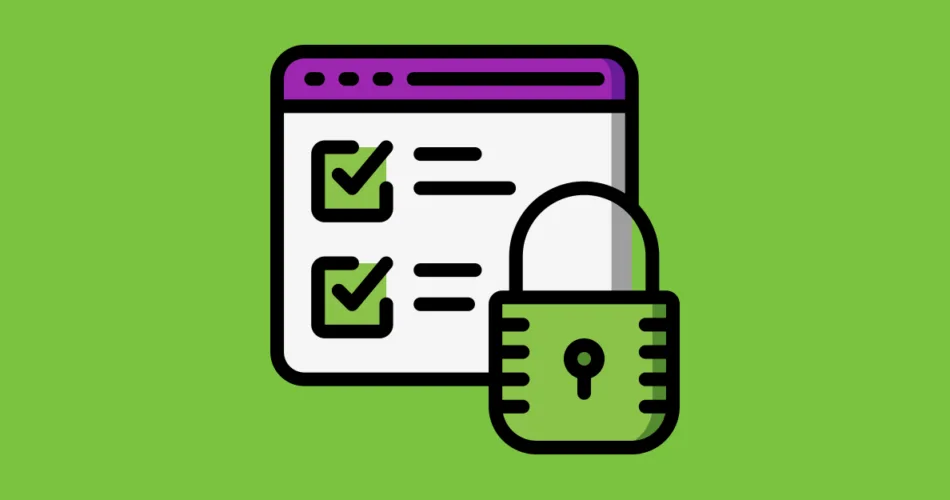Containerization offers a powerful way to package and deploy applications, but it also introduces unique security challenges. In this guide, we’ll explore the security aspects of containerization, including the isolation and security benefits, best practices for securing containers, and the importance of vulnerability scanning and image security.
Isolation and Security Benefits of Containers
Enhanced Isolation
Containers provide process and file system isolation, which can improve security. Each container runs in its isolated environment, reducing the risk of conflicts and unauthorized access. It’s crucial to choose the right base image, as it forms the foundation of your container’s security.
FROM alpine:3.14
# Install application dependencies and set up configurations
CMD ["./my_app"]
Here’s an example of a Dockerfile using a minimal Alpine Linux base image. Selecting a minimal image reduces the attack surface and ensures that only essential components are included.
Best Practices for Securing Containers
Container Security Best Practices
Securing containers involves several best practices:
- Regular Updates: Keep your base images and software packages up to date to patch vulnerabilities.
- Least Privilege Principle: Limit container permissions to only what’s necessary for the application to run.
- Image Scanning: Use image vulnerability scanning tools to identify and mitigate security issues.
- Network Segmentation: Isolate containers from sensitive networks and implement proper network security measures.
Container Orchestration Security
If you’re using container orchestration platforms like Kubernetes, ensure their security by:
- Role-Based Access Control (RBAC): Define fine-grained access control policies.
- Network Policies: Restrict pod communication using network policies.
- Pod Security Policies: Enforce security policies on pod deployments.
Vulnerability Scanning and Image Security
Vulnerability Scanning
Regularly scanning container images is crucial. Tools like Clair and Trivy can help identify vulnerabilities in your images. These tools provide information about known vulnerabilities and their severity, allowing you to take appropriate action.
trivy my_image:latest
Running Trivy on your container images can help you identify and remediate vulnerabilities.
Image Signing and Registry Security
Ensure that your container images are signed and that your container registry is secured. Image signing guarantees the authenticity and integrity of your images. Docker Content Trust (DCT) is a mechanism to enable image signing.
Conclusion
Containerization offers great advantages for deploying applications, but security should be a top priority. By understanding the isolation and security benefits of containers, implementing best practices, and regularly scanning and securing container images, you can harness the power of containers while keeping your applications safe from threats.
Subscribe to our email newsletter to get the latest posts delivered right to your email.


Comments